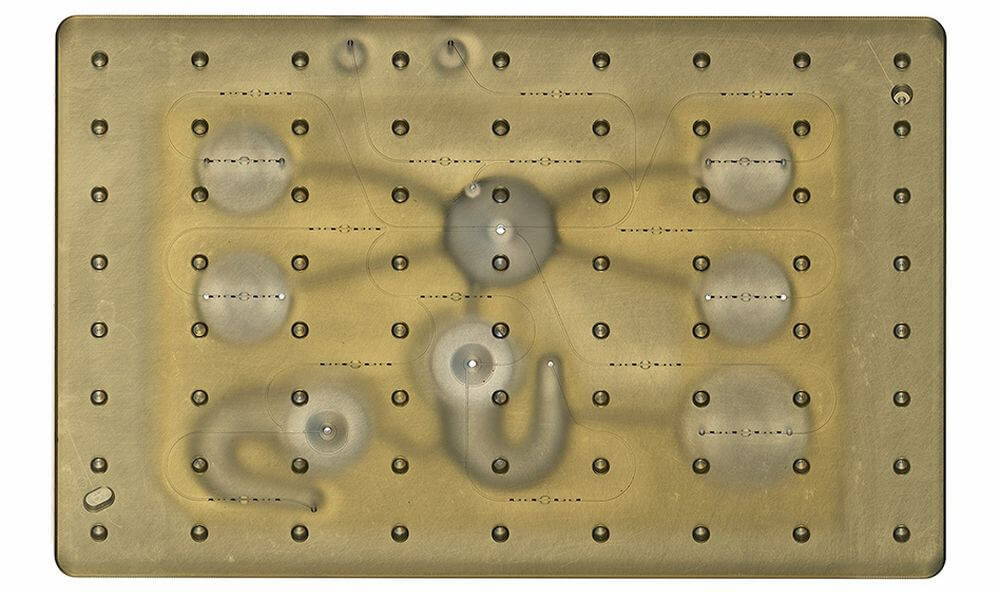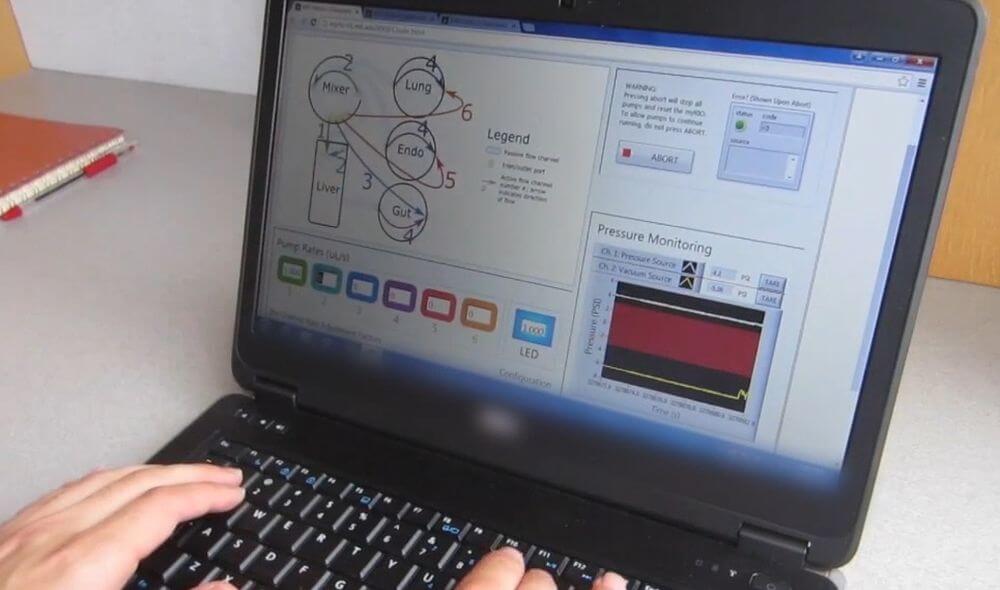
When pharmaceutical companies need to figure out how a new drug affects the human physiology, the list of options is not so great. Most often the drugs are tested on laboratory mice, which can hardly be called “the perfect analogue of the person”. And what to do in this case? Researchers from the Massachusetts Institute of technology has a solution: the “body on a chip” — an artificial imitation of the human body is a system, in which connected 10 human organs, which perform millions of living cells.
Indeed, any scientist understands that testing drugs on laboratory mice greatly limits the experiment and does not always lead to accurate results. Today, there are a few platforms that are called “organs on a chip” (the researchers often call them “microphysiological systems”). And although they are useful in research, the organs are not isolated from each other, making it less ideal in terms of experiments. In fact, earlier tissues of all organs were lumped together, which made it impossible to see the full picture.

Pharmacists needs a more accurate research results. For example, testing the drug on liver cells, they need to explain the influence of certain by-products, which then enter into the kidneys. What if the derivatives that occur in the body in the liver, negatively affect the work of any other bodies, not related to the liver directly? It is in order to improve the accuracy of drug trials, the staff of MIT and decided to develop a more complex platform that scientists will be able to accommodate up to 10 tissues of different human organs, are divided among themselves, which will allow you to regulate the flow of various substances and medicines between them in real time.
The developers of the new platform, called it the “body on a chip” by analogy with computer the term “system on chip” that means processors, which includes not only the CPU but also the graphics accelerator and other auxiliary systems. A press release was published in the journal Science Advance. The platform enables the living tissues of the human body to exist in vitro for several weeks, while remaining in a stable condition. Researchers at any point in the course of the experiment will be able to take tissue samples to explore them in more detail.

“The advantage of our platform is that we can scale it up or down, making it a new configuration. I believe that the “body on a chip” will allow researchers to much more useful information in the tests of drugs, and over time it will be much more cheaper than currently, which will facilitate its spread,” says the project author Linda Griffith.
To date the new platform has already been done on such organs and tissues as liver, brain, heart, pancreas, lungs, kidneys, intestinal cells, cells of the uterus, skin, and skeletal muscle. The system allows you to inject the drug in the intestine and trace its effects on other organs and body cells. The platform allows researchers to greatly accelerate testing of new drugs and to increase the accuracy of research results, as close a simulation to how the body of a real person.
The “body on a chip” – a new development at MIT for testing of medicines
Sergey Grey